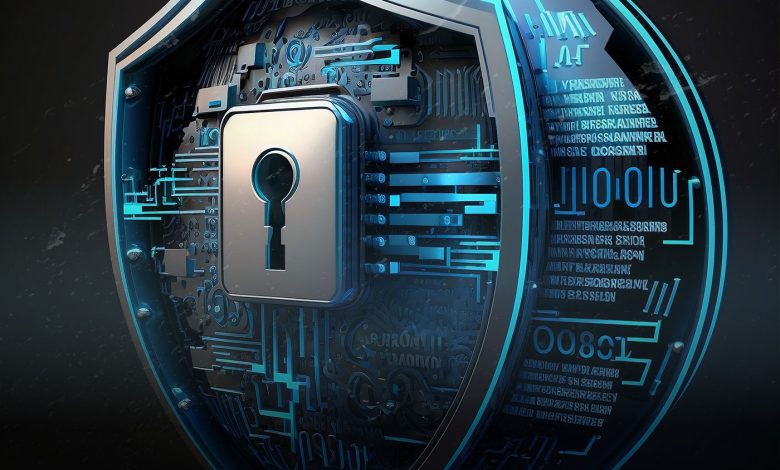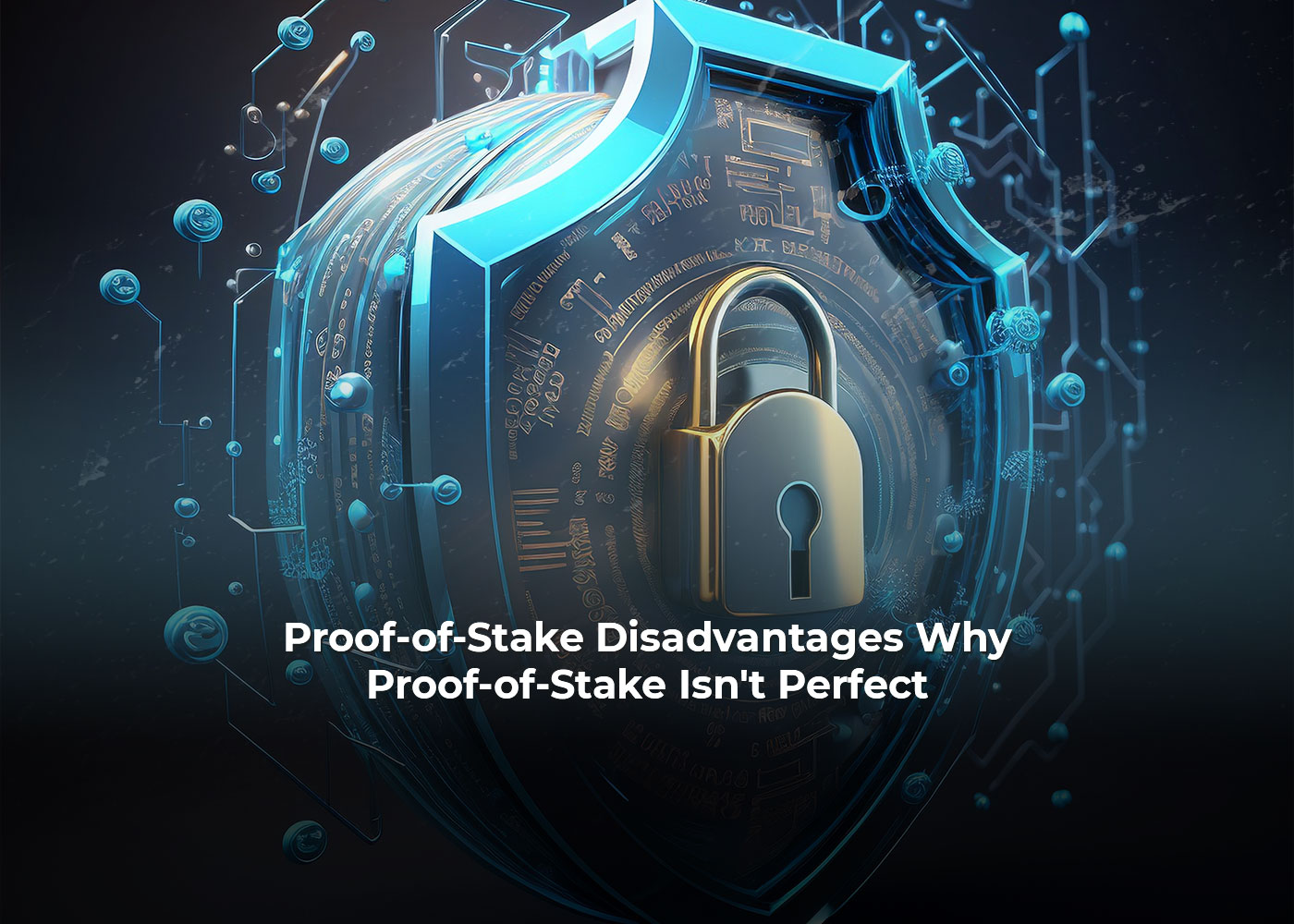Proof-of-Stake Disadvantages: Why Proof-of-Stake Isn’t Perfect?
In recent years, blockchain technology has become increasingly popular due to its decentralized and secure nature. While this promise of enhanced security and network efficiency is attractive, there are certain shortcomings inherent in how many blockchains operate. One of these techniques is proof-of-stake (PoS), a consensus algorithm some cryptocurrency networks use to validate transactions on their distributed ledger.

In recent years, blockchain technology has become increasingly popular due to its decentralized and secure nature. While this promise of enhanced security and network efficiency is attractive, there are certain shortcomings inherent in how many blockchains operate. One of these techniques is proof-of-stake (PoS), a consensus algorithm some cryptocurrency networks use to validate transactions on their distributed ledger. To better understand how PoS works, it’s helpful to consider its advantages and potential drawbacks for such systems – namely scalability concerns, centralization risks, and excessive energy consumption. This blog post will discuss why PoS has come under scrutiny recently and provide an overview of why it isn’t considered a perfect solution.
What Is Proof-of-Stake?
With Proof-of-Stake (PoS), cryptocurrency holders can actively validate transactions and create new blocks on the blockchain. This consensus algorithm allows “stakers” to create blocks based on the amount of crypto they have invested within the network, giving them a direct stake in its success.
In contrast to Proof-of-Work (PoW), where miners are required to solve difficult mathematical puzzles to generate new blocks and validate transactions, PoS relies on validators who invest in cryptocurrency as a form of stake or collateral. The amount staked by these validators determines their chances of being selected for creating the subsequent block; if they succeed, transaction fees and newly created coins will be compensated.
While PoS frequently comes across as a more energy-efficient and cost-effective alternative to PoW due to not needing any specialized hardware or large amounts of energy to solve difficult math equations, but it is still not without some drawbacks.

Disadvantages of Proof-of-Stake:
Here are some disadvantages of the proof-of-stake algorithm:
Centralization Risks:
While Point of Stake (PoS) technology could reduce the chances of centralization, there is still a risk that large stakeholders take control over a major percentage of the network. This would diminish decentralization and may even threaten security on the network.
Security Concerns:
Point of Sale systems are vulnerable to security risks, and malicious attackers could try to alter the network or spend twice. This risk can be reduced by mandating a noteworthy stake in participating in the system and executing measures to detect and block foul behavior.
Economic Incentives for Malicious Actors:
To ensure that validators act honestly, economic incentives can be implemented. However, malicious actors with a substantial stake in the network could still attempt to manipulate it for personal gain. Thus, specific measures must be applied, like penalties for unethical behavior and capping the number of individual stakeholders hold to reduce this risk.
Potential for Network Instability:
Compared to Proof-of-Work (PoW), PoS is more vulnerable due to its reliance on validators who stake their own funds in the network. If left unchecked, the system could be inconsistent and unstable. To remedy this, we propose implementing measures such as minimum stake requirements and a regular selection of validators to maintain a secure and stable network.
To Sum Up:
Despite the advantages of proof-of-stake and its potential to be a more secure, efficient, and environmentally friendly mining method compared to traditional mining methods, it’s clear that proof-of-stake is far from perfect. Nonetheless, ongoing research to optimize this model may still be useful in select contexts with appropriate modifications. Ultimately, innovators will continue to push the boundaries of technology and explore new solutions that might make proof-of-stake more reliable or unlock entirely new possibilities altogether – something worth paying attention to in the months ahead!




